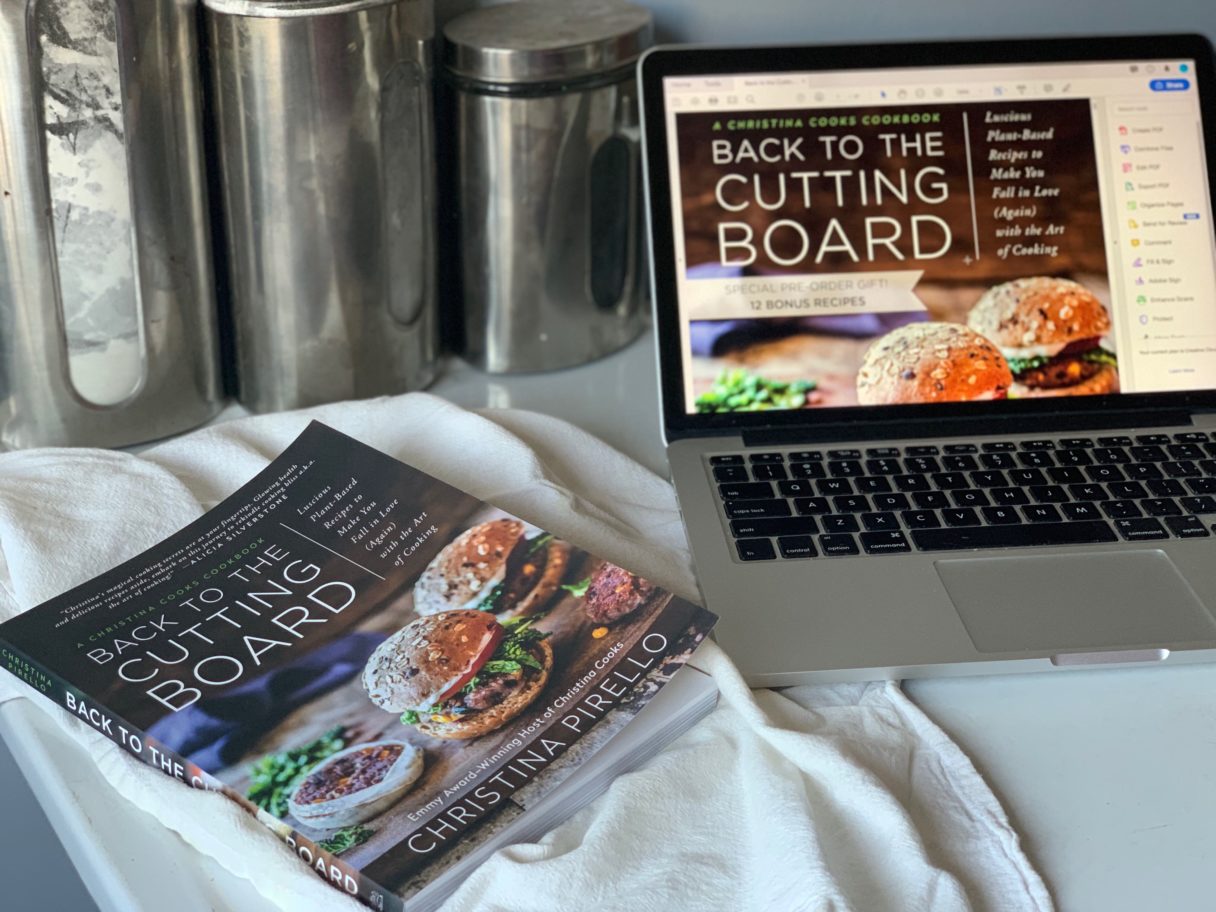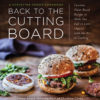![]() Marketing a book is a multifaceted process that encompasses everything from traditional media pitching and brand partnerships to Facebook ads and speaking engagements. In our new “Smart Marketing” series, the BenBella Marketing Department will share insights into hot topics in marketing and publicity and practical strategies authors can put into practice.
Marketing a book is a multifaceted process that encompasses everything from traditional media pitching and brand partnerships to Facebook ads and speaking engagements. In our new “Smart Marketing” series, the BenBella Marketing Department will share insights into hot topics in marketing and publicity and practical strategies authors can put into practice.
Today’s Smart Marketing post is from BenBella’s Senior Marketing Director Jennifer Canzoneri.

Content marketing can feel like an industry buzzword that doesn’t actually mean anything to the average author, but when broken down and understood better, it can actually help authors get a ton of extra mileage out of their books, through thoughtful strategy.
Here are a few ways to take the content from your book and use it in unique and clever ways, to offer your readers and followers fresh ways to absorb and understand you message:
Ebook
If you have any information that didn’t make it into your book during the editing process (sometimes we see up to an entire chapter that maybe didn’t make sense in the flow of the book, but ends up being a great stand-alone piece). You can design the ebook with the help of a designer, and offer it to your followers as an incentive for purchasing your book, signing up for your newsletter, or attending a talk.
Example: BenBella’s Best of Plant-Based Eating, an ebook of sample recipes from many of our plant-based cookbooks for our BenBella Vegan imprint
Infographic
Think about turning some content from your book into a visually interesting, stand-alone infographic. Maybe you’re a cookbook writer whose book uses a default “formula” for recipes that would look great in an infographic. Maybe you have steps throughout your book that you can condense into something visual. It would be great to offer on social media, via newsletter, or maybe even offering to influencers for their audiences.
Example: A timeline of the history of electricity pulled from Craig Roach’s Simply Electrifying
Social media graphics
Through affordable services like Canva or Adobe Spark (or, again, partner with a designer!), you can turn so much of your book’s content into social media graphics. You can tease these out over several weeks or months, on your social media channels, or you can offer them to influencers and marketing contacts to use on their social feeds. The idea is to provide content that people will want to share. Scroll Instagram for any length of time, and these graphics are everywhere. You have content at your fingertips and a platform like Instagram to promote it. Combine the two, and the possibilities are endless.
Example: James Breakwell, author of Bare Minimum Parenting, shared several graphics on his social media accounts.
Web series/workshop
Besides re-packaging content through more visual offerings, you can also connect with followers and readers through more video. Hosting a Facebook Live, to talk about one aspect from the book, or a longer video workshop that you host for people to subscribe to and join through Google Hangouts or other video services. You can also release a month of videos, one a day, releasing through an email list, social media (maybe an exclusive Facebook group), or on your website. Video has a huge return on investment, and it’s a wonderful way to repackage your content.
Example: Barbara Huson, author of Sacred Success, hosts workshops and webinars related to her book’s content.
Workbook
If you have a book on gratitude, for example, perhaps create a gratitude journal or workbook with daily prompts. If you have a book on starting a business, perhaps create a workbook for creating a sample business model. Allowing readers to use the advice in your book and apply it in their own space is a wonderful way to repackage your content in something at an additional revenue stream, or for free as an incentive.
Example: Amy Blankson created a workbook and book club guide to accompany her book, The Future of Happiness.
Op-eds
If you think your book has a lot of topical tie-ins, work on a handful of different op-ed topics that you can pitch to media outlets when it feels appropriate. Sometimes it’s much easier to get the media’s attention when you have something already drafted to share, instead of pitching just your book.
Example: The Molecule of More authors had op-eds featured in POLITICO and USA Today.
This is just the tip of the content marketing iceberg, but hopefully it helps you think about ways to take the content in your book and offer it in unique ways.








These types of communication materials can help the content to breathe more in different ways of expressions.